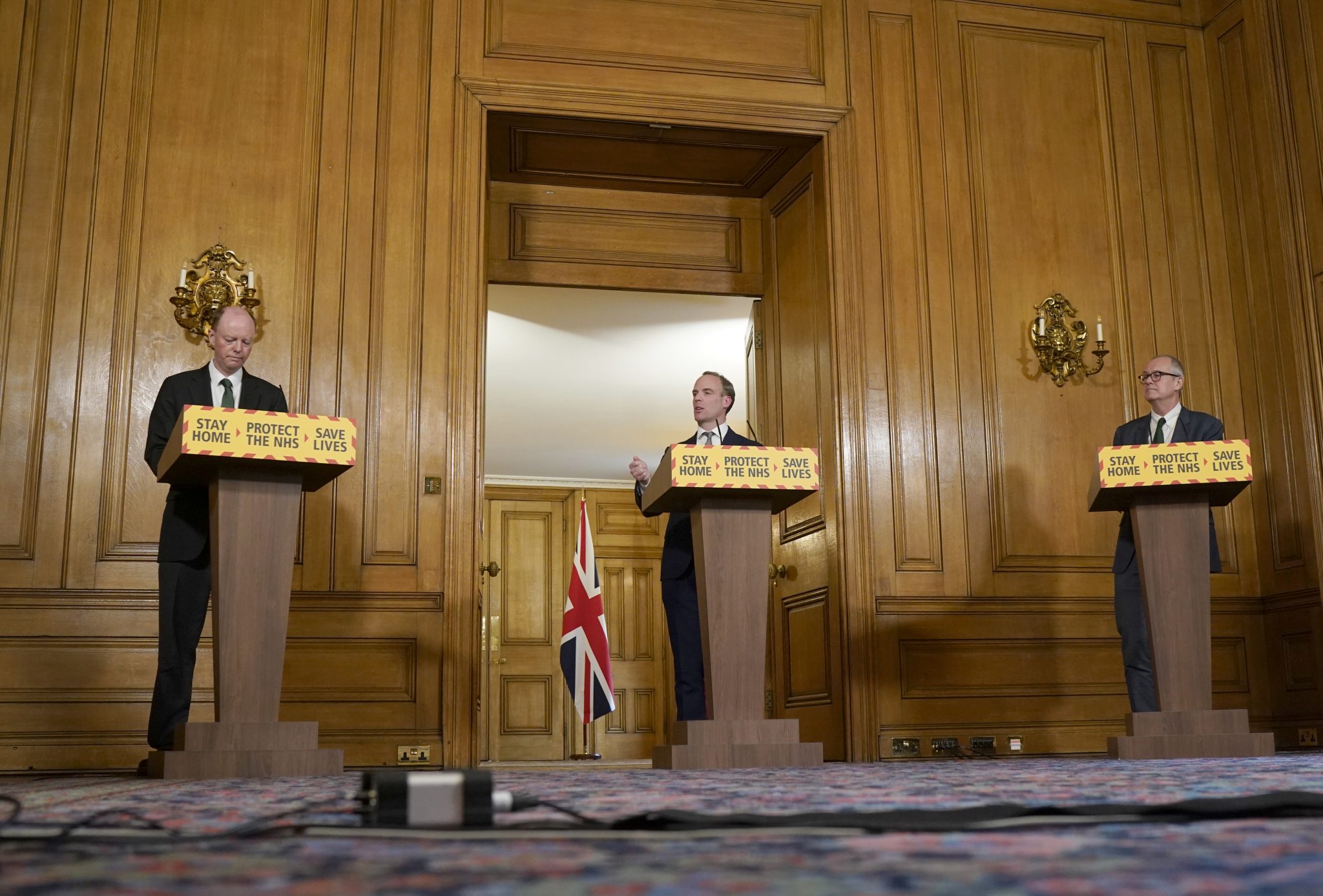I’ve often found press conferences frustrating during my career as a journalist, PR person and (lately) as a public observer.
They have their uses. When there is major focus on an issue, they provide all interested media with the latest information. This ensures consistency and even-handedness.
Following criticism of anonymous briefings on COVID-19 to select media, press conferences entered the spotlight as a daily part of the government’s efforts to keep the public updated on the pandemic response. Since mid-March, millions of people are watching them regularly. Many on my Twitter feed – journalists, politicians, comms people, family and friends – appear baffled at journalists’ questions and frustrated at politicians’ non-answers.
Anyone who’s attended or arranged press conferences will recognise these glitches, which are highlighted every day.
Journalists ask daft questions
Sometimes it’s because of the format. Often it’s because complex matters can’t be boiled down into a pithy response. Journalists are saying that the virtual format is not helping. And the rota system which allocates slots for questions is not understood by everyone who’s watching. This raises questions about why some journalists (not questions) are chosen, which could be addressed by explaining the process. I agree with Alistair Campbell’s recent post that – with some exceptions – journalists’ questions could be better.
Key messages dominate
I felt when Boris Johnson ‘levelled’ with the public in March about the prospect of many more deaths that there was an opportunity for the government to connect with the public.
Honesty and empathy combined with detail is key to making that work. Johnson’s illness has undoubtedly made this more difficult, placing different ministers in stand-in roles to provide updates. This has muddled the government’s messaging approach.
Some answers given to questions will be familiar to anyone who’s done media training. Seeing them used every day by different people has made the approach feel out of date.
Statements without detail are slogans
Statements like ‘pulling out all the stops’ and ‘putting in a national effort’ mean little without an explanation of what is happening to back it up. In the context of the crisis we’re facing, working hard is the least that can be expected from government. Likewise with paying tribute to the NHS, the armed forces or businesses in response to tough questions. When it’s not backed up by details of what is actually happening, it’s unconvincing.
The response below from Education Secretary Gavin Williamson is an example of this.
“Should we expect more cases of frontline healthworkers without safety equipment they need?”@wizbates asks Education Secretary Gavin Williamson whether the government will be able to meet the demand for PPE. pic.twitter.com/XvCL6aUqAs
— Channel 4 News (@Channel4News) April 19, 2020
The five step / five pillar approach has also been rolled out a few times, in relation to testing and the criteria the government has established for ending the lockdown.
"I want nothing more than to see schools back… but I can't give you a date"
Education Secretary Gavin Williamson says there are five tests that must be met before schools across the UK are re-opened
Updates: https://t.co/L1tqIY0k12 pic.twitter.com/FGdELgkeWB
— BBC News (UK) (@BBCNews) April 19, 2020
This approach dates back to Gordon Brown’s five tests for joining the Euro and Labour’s pledge card in 1997. It’s intended as a memorable way to convey key points against which actions can be judged. Using different pledges and tests in response to COVID-19 are confusing (which pledges are they talking about again?). The tests for ending lockdown are also vague, which may be deliberate. But they are not memorable or effective because of that.
Contrast this with the performance of the medical experts flanking ministers at press conferences every day. Mostly, their responses are detailed and address questions clearly. They have come out of the press conferences well, although this response to a question about the numbers of NHS deaths jarred.
The question and @MattHancock reply should be played again and again. It is one of the worst things I have ever seen in a press conference. So happy to say how much @BorisJohnson thanks the NHS. But dead NHS staff … ‘one for you Ruth,’ who doesn’t answer either pic.twitter.com/HAIlbapAxH
— ALASTAIR CAMPBELL (@campbellclaret) April 10, 2020
Others have contrasted the government’s approach with that of other leaders. Examples range from empathetic, to detailed to brutal and threatening. We appear to be somewhere in the middle on this assessment.
There have been flashes of empathy, like Matt Hancock saying that he cried in response to a 13-year-old’s death. This was one of the more powerful moments from the recent conferences and led the media coverage the next day. That’s not to say that it’s any substitute for an explanation of the challenges his department faces. But the insight and shared experience is noticeable because of its absence from the other briefings I’ve watched.
Honestly, we’ve made some mistakes
One thing missing from the briefings is an admission that mistakes have happened and that we have some catching up to do.
Seeing different ministers use the same techniques day after day without admitting any error has highlighted a glaring lack of emotional intelligence in using traditional media to connect with the public. The longer it goes on, as deaths continue to increase, the more glaring this will be.
Most people will surely expect Matt Hancock’s ambitious five-point pledge to test 100,000 people a day by the end of April to be missed in a week’s time. This will further damage an already fragile trust in politicians.
It could perhaps present an opportunity to change direction, with more openness about the challenges we face and detail about the path to recovery. With the public more interested in press conferences than ever before, the approach is ripe for change. With an inquiry on the horizon, I don’t expect changes any time soon.
I hope leaders who grasp the need for honesty and empathy prevail when the new normal eventually arrives.
If this leads to better more open ways of engaging the media and the public in government affairs, that can only be a good thing.
This post first appeared on Ben’s personal blog.
Photo by Number 10 on Flickr.


